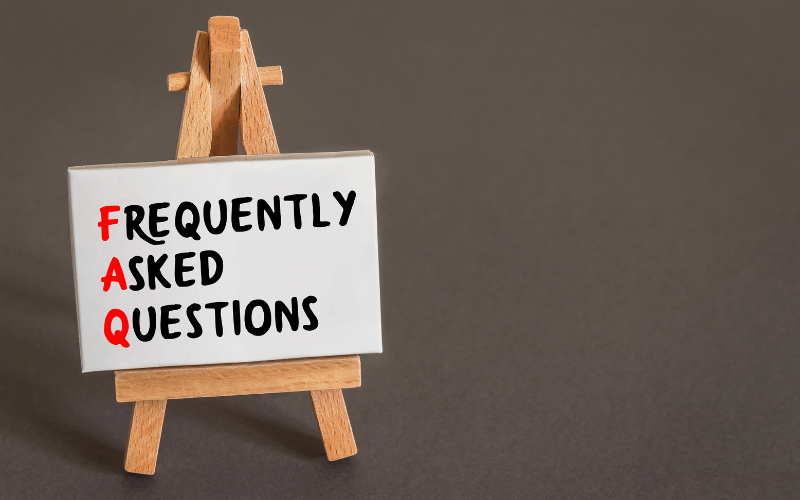Frequently Asked Questions: Understanding Choanal Atresia

What exactly is choanal atresia and how is it diagnosed?
Choanal atresia is a congenital condition where the nasal passages are blocked, typically by bone or tissue. Diagnosis is typically made via a physical examination, which may include attempting to pass a small tube through the nasal passages. Further confirmation is often achieved through imaging studies, such as a CT scan, which can visualize the blockage.
Can choanal atresia resolve on its own, or is surgery always required?
Choanal atresia does not resolve on its own and almost always requires surgical intervention. The specific procedure varies depending on whether the blockage is bony or membranous and the overall health of the child.
Are there any known risk factors or causes of choanal atresia?
The exact cause of choanal atresia is not always clear, but it can sometimes be associated with genetic conditions or syndromes. Environmental factors during pregnancy may play a role, but more research is needed to identify specific risk factors.
What are the potential complications if choanal atresia is left untreated?
If untreated, choanal atresia can lead to chronic respiratory problems, feeding difficulties, and developmental delays due to the lack of adequate oxygen. In severe cases, particularly bilateral choanal atresia, it can be life-threatening due to the inability to breathe properly.
After surgery for choanal atresia, what follow-up care is necessary?
Post-surgery, regular follow-up with a pediatric ENT specialist is important to monitor the success of the surgery and address any complications. Other supportive care, including feeding support and speech therapy, may be required to address developmental delays or other issues related to the initial condition.
Conclusion: Addressing Choanal Atresia for Holistic Child Development
The journey through understanding and managing choanal atresia is complex and multi-faceted. This condition, characterized by the blockage of nasal passages in newborns, demands not only medical intervention but also a supportive and informed care network. Surgical correction remains the cornerstone of treatment, offering a path to relief and normalcy. However, the implications of choanal atresia extend beyond physical symptoms, touching on the emotional and developmental milestones of affected infants. The comprehensive care approach should include regular monitoring of growth, targeted nutritional strategies, and supportive therapies to encourage optimal development. Parents and caregivers play a pivotal role in recognizing symptoms early, advocating for timely intervention, and providing the nurturing environment necessary for their child’s recovery and growth.
The dialogue surrounding choanal atresia is not limited to the medical community; it requires awareness and understanding from all who are involved in the child’s life. As we advance our medical practices and continue research, it is imperative to ensure that the information reaches those in need. Early detection and treatment can significantly alter the course of a child’s life, minimizing the risk of developmental delays and allowing for a future filled with promise and potential. Thus, in the fight against choanal atresia, knowledge, vigilance, and compassion are our greatest allies, ensuring that each child has the opportunity to thrive to their fullest capacity.